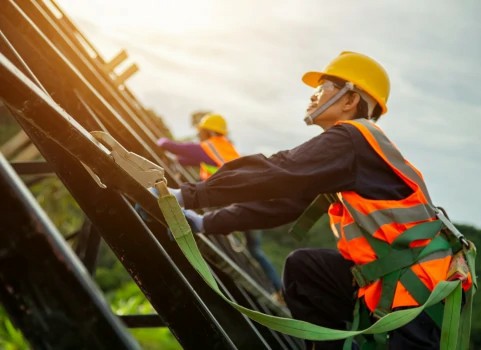


 349,500 Offered Certificates
349,500 Offered Certificates
 24/7 Online Training
24/7 Online Training
 Money Back Guarantee
Money Back Guarantee
 Fully Accredited Courses
Fully Accredited Courses

Created at: 22-02-2025 15:29
In today's rapidly evolving workplace, safety is a top priority, especially for workers exposed to high-risk environments. Traditional methods of Working at Heights training, while effective, often lack the immersive experience that modern technology can provide. Enter Virtual Reality (VR)—a revolutionary tool that is transforming how we approach Working at Heights training.
Virtual Reality simulations offer a plethora of benefits that enhance the learning experience for individuals undergoing Working at Heights courses. Here’s how:
One of the biggest challenges in high-risk job training is ensuring that employees can practice emergency responses without facing real-world consequences. VR simulations allow workers to experience almost any situation, whether it be a slip, fall, or equipment malfunction, while still maintaining a safe learning environment.
For instance, during a VR Working at Heights safety course, trainees might find themselves on a simulated construction site where they have to secure equipment, use fall protection, and respond to simulated emergencies. This practice not only increases their comfort level with the equipment but also prepares them for real-life situations where their response could mean the difference between injury and safety.
Adopting VR technology doesn't just enhance immediate training outcomes; it provides long-term benefits for organizations:
Integrating VR into your Working at Heights certification program can be seamless. Companies interested in modernizing their training processes can take these steps:
Many organizations are already reaping the benefits of VR in their safety training programs. For instance:
The integration of Virtual Reality into Working at Heights training programs represents a paradigm shift in how we approach workplace safety. By providing realistic simulations, enhancing learning retention, and reducing training costs, companies are better positioned to protect their workers and improve overall safety standards.
If you're looking to elevate your safety training standards, consider exploring the benefits of VR as part of your strategy. For more information on how to implement these innovative training solutions, visit Ireland Safety Training or contact us at [email protected].